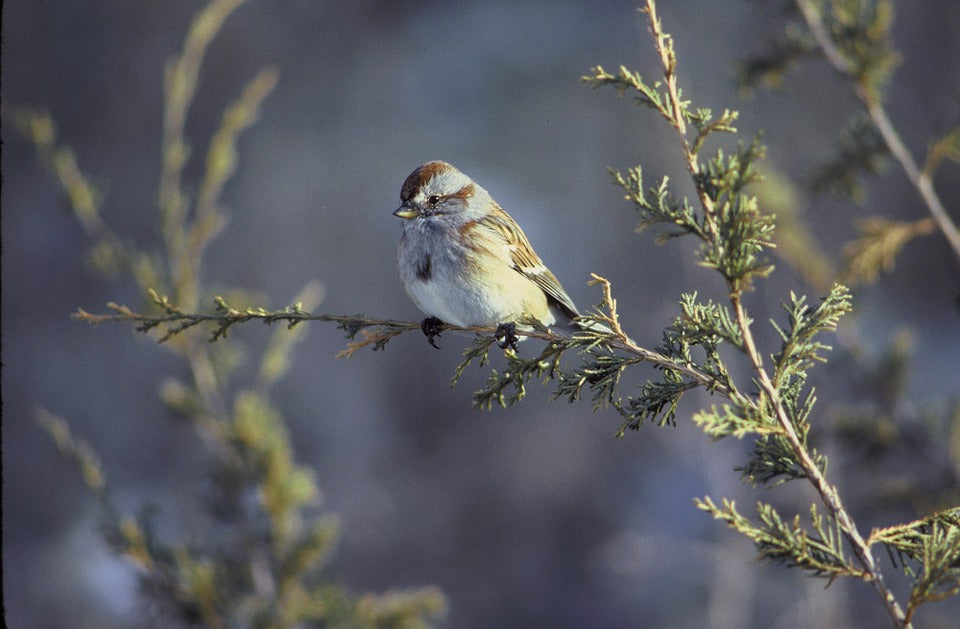Offer
Provide additional details about the offer you're running.
Provide additional details about the offer you're running.
Provide additional details about the offer you're running.

Commonly referred to as the winter sparrow, the American Sparrow is a fixture to many winter bird feeders here in the greater Ottawa area consistently year over year. These small sparrows, despite their name, are not particularly associated with trees as their traditional nesting sites are often found in the northern tundra, known for its sparse offering of trees.
These ground feeding birds are often sighted among flocks of dark-eyed juncos during the winter months and come equipped with a hefty appetite. Each day, these sparrows need to take in roughly 30 percent of their body weight in food and a similar percentage of water each day to merely survive. When without proper food and water, these birds can lose up to one-fifth of their weight very quickly and the unfortunate reality is that a day without proper nutrition often results in mortality for these birds.
As with many of our other winter birds, if you have American tree sparrows nearby, keeping both your feeders and bird baths full on a daily basis is vital for their survival.
A small, ground-feeding sparrow, these birds are denoted by brown-rust colouring and small, round heads. As far as sparrows go, this winter sparrow sports a relatively small bill with a long, thin tail in comparison to other sparrow species.
Their heads are denoted with a rust-coloured cap and eye line and a bicoloured bill with black on top and a pale, yellow colour on the bottom. While their breasts are traditionally gray in colouring, it is not uncommon for many to sport a small dark spot right in the centre of their breast.

Image: Wendelina O’Keefe Rampton
These high-mileage birds spend the summer months nesting far above the tree line in much of Canada’s north and much of Alaska. During the winter, they migrate south in search of suitable forage and can be spotted throughout the entire country of Canada during transit before eventually settling into their winter range in the southern regions of the country and northern portions of the United States.
These sparrows love open expanses such as fields and pastures where they will search out seeds from grasses, weeds, and other plants during the winter months. Their summer menu changes slightly, as they are able to add berries and delectable insects to their diet.
American tree sparrows are often found foraging in the winter months in groups and take to backyard bird feeders during the winter, whereas we stated above, they will be found among dark-eyed juncos and other species of birds.
These busy little birds can also be quite vocal, particularly when feeding. They can often be heard twittering about while feeding in small flocks. The exchanges usually consist of small, soft musical notes, but are also known for their songs of whistled notes lasting only a couple of seconds each in length.
High Quality Blend